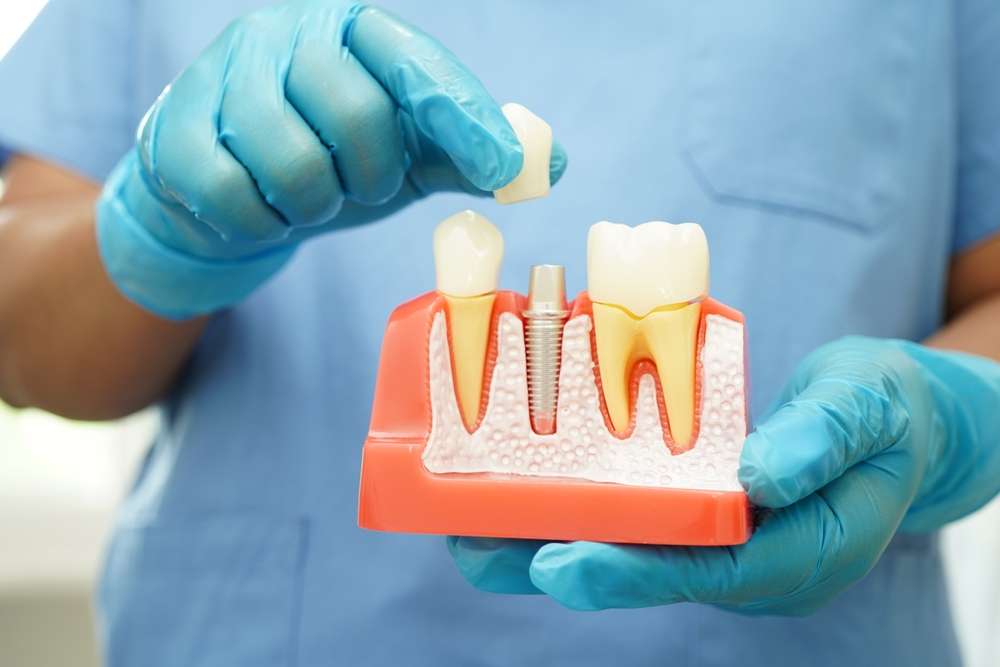Understanding Dental Implants: Types and Placement Options
Dental implants have revolutionized tooth replacement, offering permanent solutions for missing teeth. These titanium posts surgically placed into the jawbone provide a stable foundation for crowns, bridges, or dentures. With various implant types and placement techniques available, patients can find options tailored to their specific oral health needs and bone structure conditions.

Modern dentistry offers multiple implant solutions designed to address different patient needs and anatomical challenges. Understanding the various types and placement methods helps patients make informed decisions about their oral health restoration.
What Are Implay Implants and Their Applications
Implay implants represent a specific category of dental implants designed with unique surface treatments and threading patterns. These implants feature specialized coatings that promote faster osseointegration, the process where bone tissue grows around the implant surface. The threading design allows for better initial stability during placement, particularly beneficial in softer bone conditions. Implay systems often include various diameter options and lengths to accommodate different anatomical situations.
Understanding Angled Implants for Complex Cases
Angled implants offer solutions when traditional straight placement isn’t feasible due to anatomical limitations. These implants are strategically placed at specific angles to avoid critical structures like sinuses, nerves, or areas with insufficient bone height. The angled approach allows dentists to utilize available bone more effectively, often eliminating the need for extensive bone grafting procedures. This technique is particularly valuable in the posterior regions of the mouth where bone resorption commonly occurs after tooth loss.
Basal Implants for Challenging Bone Conditions
Basal implants utilize the dense cortical bone at the base of the jaw rather than relying solely on the softer alveolar bone where teeth were previously located. This approach is especially beneficial for patients with significant bone loss who might otherwise require extensive grafting procedures. Basal implants are typically longer and engage multiple cortical bone areas, providing exceptional stability even in compromised bone conditions. The technique allows for immediate loading in many cases, meaning patients can receive temporary restorations shortly after implant placement.
The Role of 10 Mm Dental Implants in Treatment Planning
10 mm dental implants represent a standard length commonly used in many clinical situations. This length provides adequate surface area for osseointegration while fitting within typical bone height parameters found in most patients. The 10 mm length is particularly suitable for single tooth replacements in areas with normal bone dimensions. These implants offer a good balance between stability and conservative treatment approach, minimizing the risk of complications while providing reliable long-term results.
| Implant Type | Provider Example | Cost Estimation |
|---|---|---|
| Traditional Implants | Straumann, Nobel Biocare | $3,000 - $6,000 per implant |
| Angled Implants | All-on-4 Systems | $15,000 - $30,000 full arch |
| Basal Implants | BOI Systems | $2,500 - $5,000 per implant |
| Standard Length (10mm) | Various Manufacturers | $2,800 - $5,500 per implant |
Prices, rates, or cost estimates mentioned in this article are based on the latest available information but may change over time. Independent research is advised before making financial decisions.
Factors Influencing Implant Selection and Success
Several factors determine the most appropriate implant type for each patient. Bone density and volume play crucial roles in implant selection, with denser bone typically supporting traditional implants better, while compromised bone may require specialized approaches like basal implants. The location of the missing tooth affects implant choice, as posterior regions often have different bone characteristics than anterior areas. Patient health conditions, including diabetes, smoking habits, and medication use, can influence healing and osseointegration success rates.
The success of dental implants depends heavily on proper treatment planning, surgical technique, and post-operative care. Regular maintenance and professional cleanings are essential for long-term implant health. Patients should maintain excellent oral hygiene and attend regular dental checkups to monitor implant condition and surrounding tissues.
Dental implant technology continues advancing, with new surface treatments, materials, and placement techniques improving success rates and expanding treatment options. These developments make implant therapy accessible to more patients, including those previously considered poor candidates due to bone loss or other anatomical challenges.
This article is for informational purposes only and should not be considered medical advice. Please consult a qualified healthcare professional for personalized guidance and treatment.




